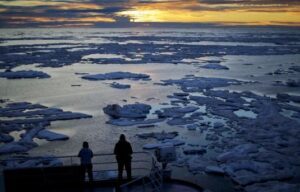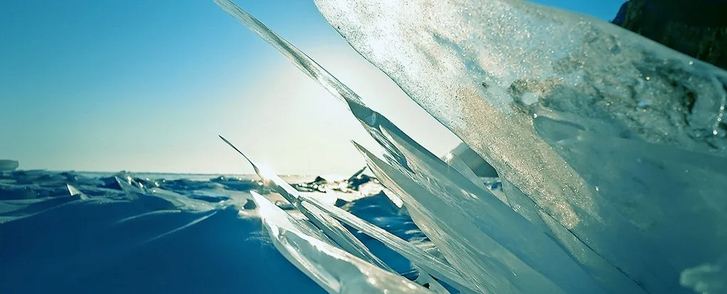The North Pole experiences every winter some cold wind periods. Such a weather pattern is scarier than we can imagine. At least, that’s what worries the scientists.
Any changes could indicate if Europe is in for severe cold treatment. Currently, that beastly wind is ripping in two.
Here is what you need to know.
A Weather Pattern, Warnings and More to Understand
A team of researchers from the Universities of Bath, Bristol, and Exeter succeeded in finding a way to forecast the most severe effects of different changes to the wind. They can do that high up in the stratosphere, from 10 to 50km above.
Discovering which variations are responsible for winter rage and which will crackle will make the forecasting easier and more precise.
However, the warming periods aren’t sporadic. According to recent records, an average of about half a dozen of them happens in the Arctic’s polar vortex every 10 years.
Previous observations
Some observations dating almost six decades ago offered the scientists more than 30 examples of crackles and wobbles in the northern stratospheric polar vortex.Â
That represents a tracking algorithm that can forecast the impact every type of change will bring on weather systems over the northern hemisphere.
The results indicate that at any time, the polar vortex might crack into two smaller currents. We can also expect more serious cooling periods.Â
“As predicted, atmospheric observations are now showing that the Arctic stratosphere is undergoing a sudden warming event associated with a weakening stratospheric polar vortex,” explained Adam Scaife, head of the extensive forecast at the UK Met Office.
Recent Results

The vortex experiences some quick changes due to its temperature surging of up to 40 degrees Celsius. Also, its course shifted severely, breaking apart into other vortices that push against the surrounding atmosphere.
A few years ago, an SSW (sudden stratospheric warming) episode pushed frigid polar air from Siberia into Europe. It brought a snow-laden cell of extra pressure, also known as “The Beast from the East.”
Moreover, the UK encountered record-setting winter warmth due to an SSW back in February 2019.Â
Researchers sure do have more way to go before telling which way the weather will go after polar changes.












Leave a Reply